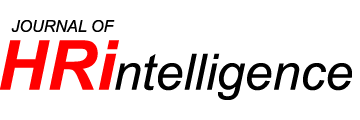|
Abstract
The purpose of this research was to compare the results im improving the level of staffs’ collaborative working by using commanding method, guiding method, and delegating method in overall and each staffs’ collaborative working factors: cooperative thinking, cooperative working, cooperative willingness, and cooperative development. The population of this research is a group of 17 teachers at Yaowalux Witthaya Hang Dong School in Chiang Mai province. The 3 data collecting instruments were the work collaboration evaluation form, the operating plan for work collaboration development, and the focus group record form. The planning phase of research consists of surveying the problems and needs, grouping the population, setting the model of working encouragement with the population, planning and scheduling together with the population, choosing and examining the instruments. In the operating stage, the researcher evaluated the work collaboration was evaluated afterward at the end of the workshop. Then the outcomes were analyzed in terms of mean and standard deviation for quantitative data and content analysis for qualitative data.
The findings were as the following:
After being encouraged to work cooperatively, the guided group and the delegated group could increase the level of staffs’ collaborative working and each level of staffs’ collaborative working factors: cooperative thinking, cooperative working, cooperative willingness, and cooperative development. In contrast, the level of staffs’ collaborative working of the commanded group was decreasing; however, the results in each level of staffs collaborative working factors were different by increasing the level of staffs’ cooperative thinking, maintaining the level of staffs’ cooperative willingness, and decreasing the level of staffs’ cooperative working and cooperative development. Moreover, the research found that the effective method to improve the level of staffs’ collaborative working and all staffs’ collaborative working factors were guiding method, delegating method and commanding method, respectively.
|

